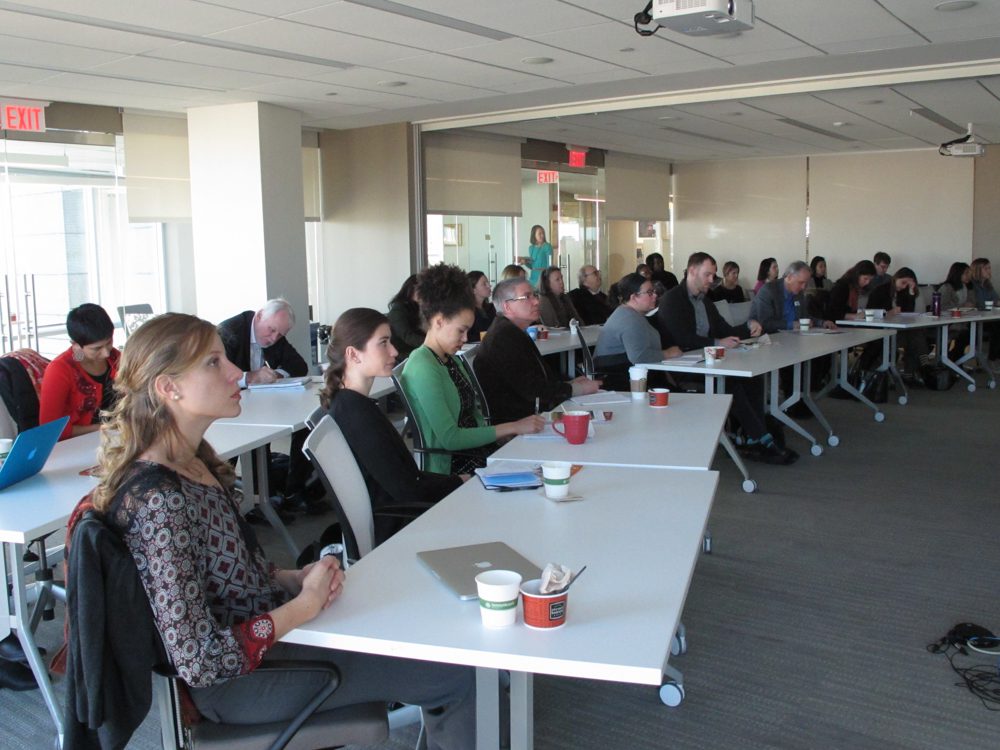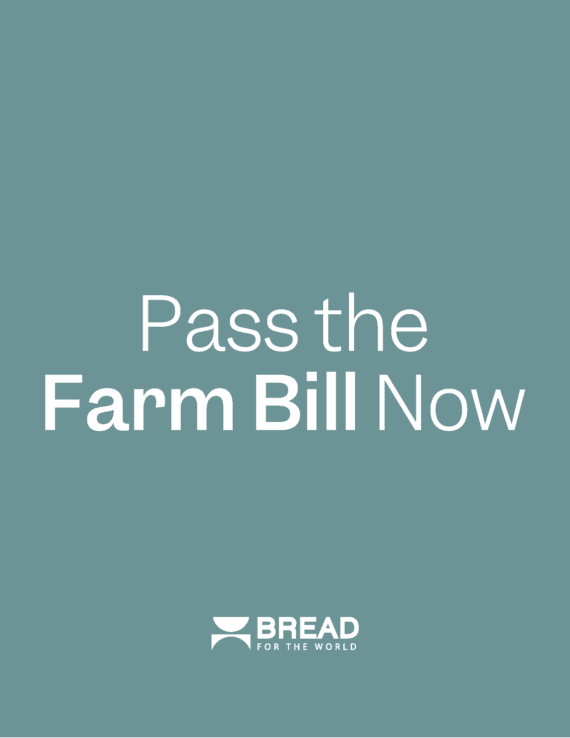By Esteban García
Bread for the World Institute hosted a panel discussion yesterday on the importance of social protection in the continuing fight to end hunger.
The discussion is part of the Institute’s ongoing effort to convene development experts around a set of issues or topics that advance the goal of ending hunger.
Panelists included Barbara Ekwall, senior liaison officer for the Food and Agriculture Organization, Ugo Gentilini, a senior economist with the social protection and labor global practice at the World Bank, and Allan Jury, vice president of public policy and senior adviser at World Food Programme USA.
Social protection is defined as the systems put in place by governments that provide assistance to its citizens with the aim of relieving and even eliminating hunger and poverty. Examples of these in the U.S. include the Supplemental Nutrition Assistance Program (formerly known as food stamps) and child nutrition programs like school lunches. The focus of yesterday’s discussion, however, was these programs in developing countries.
During their presentations, the panelists identified the three faces of social protection: social assistance, social insurance, and labor market programs. All three – in various configurations and implementation styles –serve some of the world’s most vulnerable people and keep them out of extreme poverty and away from extreme hunger.
Indeed, some 2.1 billion people – more than a third of the world’s people – receive some sort of social protection, and this number is growing. In 2013 alone, social protection programs saved an estimated 150 million people from sliding into poverty.
This discussion comes at a particularly exciting time. The United Nations introduced the Sustainable Development Goals (SDGs) in September. The first two of these 17 goals for global development are the end of poverty and the end of hunger by the year 2030. The SDGs are the next step after the end of the MDGs, which in 2000 rallied the world around a common 15-year agenda to tackle extreme poverty and hunger.
Despite the rapid growth of social protection in the past two decades and the success in meeting the MDGs, Ekwall pointed out what Bread and our allies have always known: social protection does not address the root causes of poverty and hunger. “Social protection is not the answer to everything,” she said, adding that it needs to be complemented by other policies and programs.
If we hope to meet the ambitious new goals, we need deep reforms in global policy and programs.
Approximately 30 people attended the panel discussion, which took place at Bread’s office in Washington, D.C., and was moderated by Faustine Wabwire, a senior policy analyst at the Institute.
Ugo Gentilini stressed that meals provided through schools – a practice that Bread has deeply committed itself to encouraging and expanding here at home – is by far the most widely-employed social protection program. Gentilini said that 131 of the world’s 193 countries provide school meals to its most vulnerable children.
“Every country has something to start with,” said Gentilini, underscoring the fact that these simple yet effective programs can serve as a launching pad for expansions of social programs so that we can truly eradicate hunger by our 2030 goal.
Ultimately, what seems too often lost in the conversations about fighting hunger are the hungry themselves. “I think we have to treat even the poorest of the poor as rational people … they make rational decisions,” Ekwall said.
Esteban Garcia is a media relations specialist at Bread for the World.



